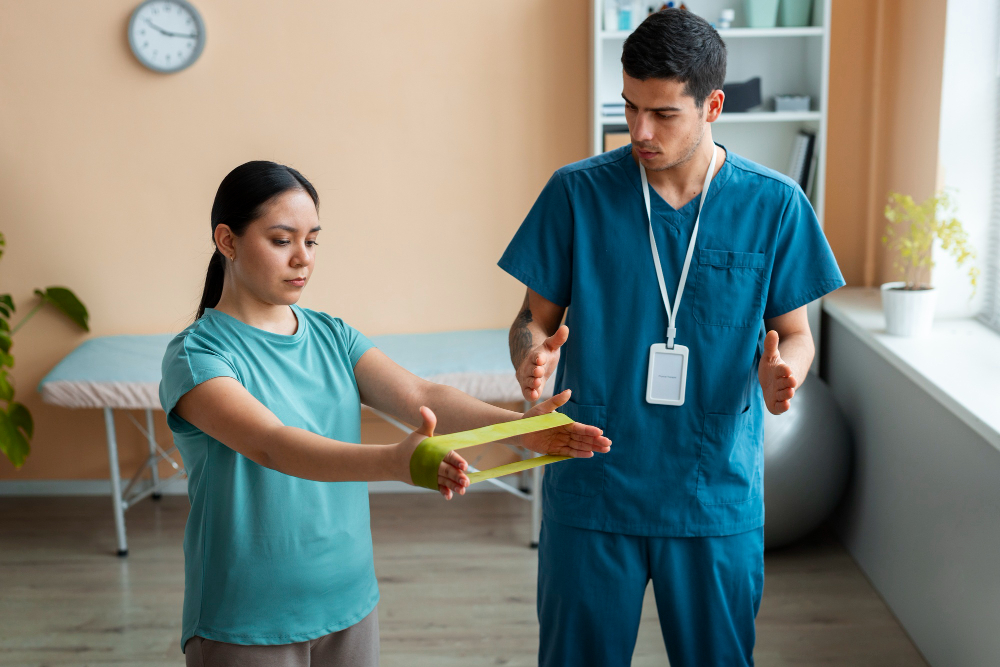Scoliosis, a curvature of the spine, affects millions of individuals worldwide, transcending age, gender, and background. This orthopedic condition often surfaces during adolescence, but it can also develop in childhood or adulthood. In this blog post, we explore the intricacies of scoliosis, exploring its causes, symptoms, diagnosis, and treatment options.
Understanding Scoliosis:
Scoliosis manifests as an abnormal lateral curvature of the spine, resembling an “S” or “C” shape. While some cases may not have any known cause, scoliosis can also result from congenital spine abnormalities, neuromuscular diseases, or traumatic injuries. The most common type, however, is adolescent idiopathic scoliosis, which tends to emerge during growth spurts before puberty.
Symptoms:
Detecting scoliosis early is crucial for effective management. Common symptoms include uneven shoulder height, one shoulder blade appearing more prominent, an uneven waist, and a noticeable tilt in the torso. Back pain and fatigue may accompany these physical signs. Regular check-ups and awareness of these indicators are essential for prompt intervention.
Diagnosis:
Diagnosing scoliosis involves a comprehensive examination, including a physical assessment and imaging tests. X-rays are commonly used to measure the degree of curvature and identify the specific type of scoliosis. Early detection enables healthcare professionals to implement suitable treatment plans, preventing further progression of the condition.
Treatment Options:
The approach to scoliosis treatment varies based on factors such as the degree of curvature, the age of the individual, and the underlying cause. Treatment options may include:
Observation: Mild cases of scoliosis may only require regular monitoring, especially if the curvature is not progressing rapidly.
Bracing: Braces are often recommended for adolescents with moderate scoliosis to prevent further curvature. The type and duration of bracing depend on the individual case.
Physical Therapy: Therapeutic exercises can help improve muscle strength and flexibility, aiding in the management of scoliosis and reducing associated pain.
Surgery: Surgical intervention is considered for severe cases or when the curvature continues to progress. Spinal fusion and instrumentation are common surgical procedures aimed at stabilizing and straightening the spine.
Living with Scoliosis:
While scoliosis can present challenges, many individuals lead fulfilling lives with appropriate management. Regular follow-ups with orthopedic specialists, adherence to treatment plans, and maintaining a healthy lifestyle contribute to improved outcomes.
Understanding scoliosis is crucial for both prevention and effective management. By recognizing symptoms early and seeking timely medical intervention, you can manage scoliosis with tailored treatment plans. Whether through observation, bracing, physical therapy, or surgery, orthopedic specialty hospitals like our Sri Nadi Hospital, play a vital role in enhancing the quality of life for those affected by this condition.
If you suspect scoliosis or have concerns about your spine health, consult the orthopedic specialist at Sri Nadi Hospital to start your journey towards a healthier, more aligned future.







Recent Comments